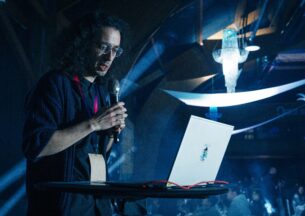Ken Goldberg (UC Berkeley) - The New Wave in Robot Grasping
Abstract:
Despite 50 years of research, robots remain remarkably clumsy, limiting their reliability for warehouse order fulfillment, robot-assisted surgery, and home decluttering. The First Wave of grasping research is purely analytical, applying variations of screw theory to exact knowledge of pose, shape, and contact mechanics. The Second Wave is purely empirical: end-to-end hyperparametric function approximation (aka Deep Learning) based on human demonstrations or time-consuming self-exploration. A “New Wave” of research considers
hybrid methods that combine analytic models with stochastic sampling and Deep Learning models. I’ll present this history with new results from our lab on grasping diverse and previously-unknown objects.
Bio: Ken Goldberg is the William S. Floyd Distinguished Chair in Engineering at UC Berkeley and an award-winning roboticist, filmmaker, artist and popular public speaker on AI and robotics. Ken trains the next generation of researchers and entrepreneurs in his research lab at UC Berkeley; he has published over 300 papers, 3 books, and holds 9 US Patents. Ken’s artwork has been featured in 70 art exhibits including the 2000 Whitney Biennial. He is a pioneer in technology and artistic visual expression, bridging the “two cultures” of art and science. With unique skills in communication and creative problem solving, invention, and thinking on the edge, Ken has presented over 600 invited lectures at events around the world.
Speakers

Ken Goldberg
Ken Goldberg is the William S. Floyd Distinguished Chair in Engineering at UC Berkeley and an award-winning roboticist, filmmaker, artist and popular public speaker on AI and robotics. Ken trains the next generation of researchers and entrepreneurs in his research lab at UC Berkeley; he has published over 300 papers, 3 books, and holds 9 US Patents. Ken’s artwork has been featured in 70 art exhibits including the 2000 Whitney Biennial. He is a pioneer in technology and artistic visual expression, bridging the “two cultures” of art and science. With unique skills in communication and creative problem solving, invention, and thinking on the edge, Ken has presented over 600 invited lectures at events around the world.













